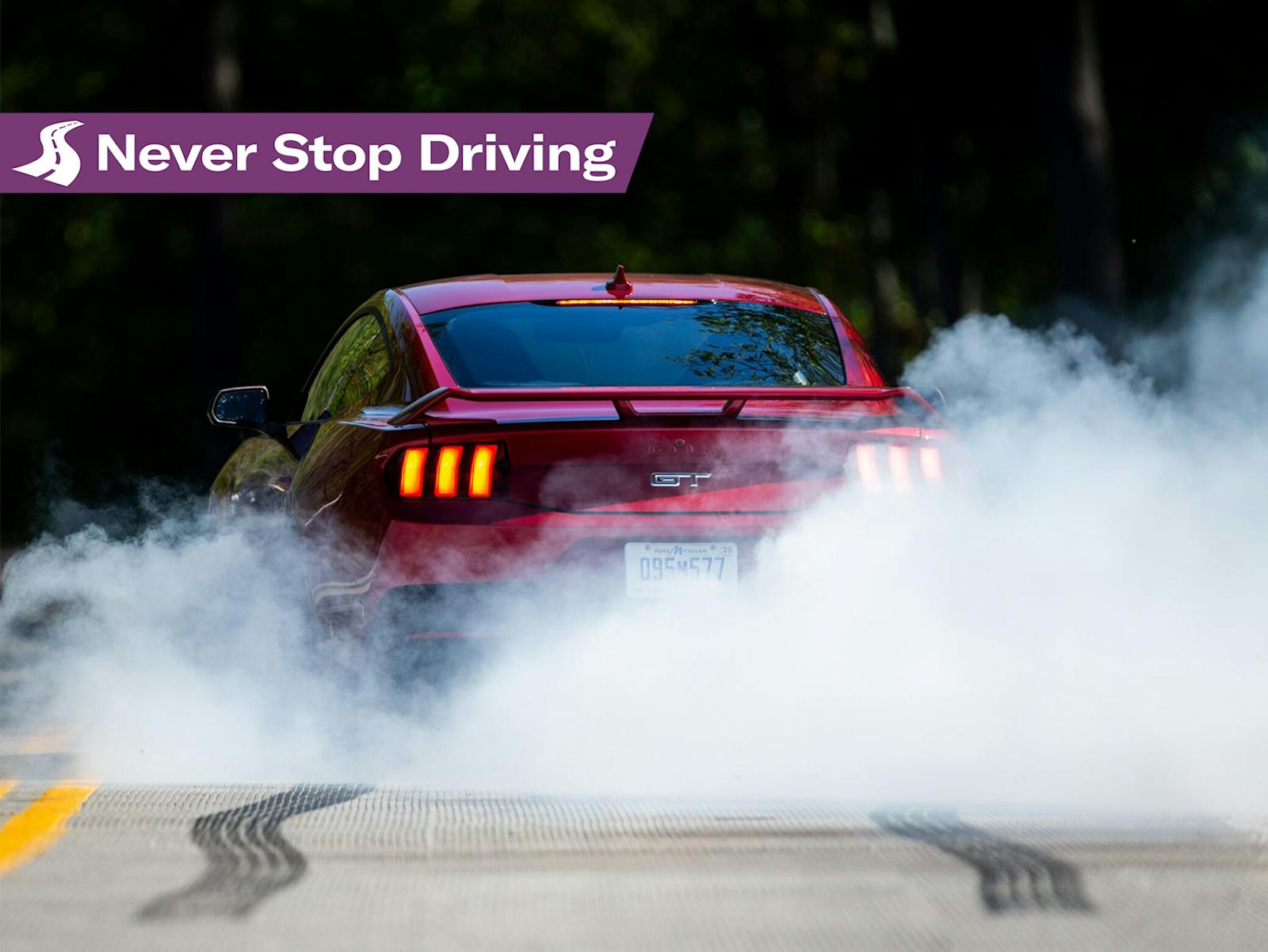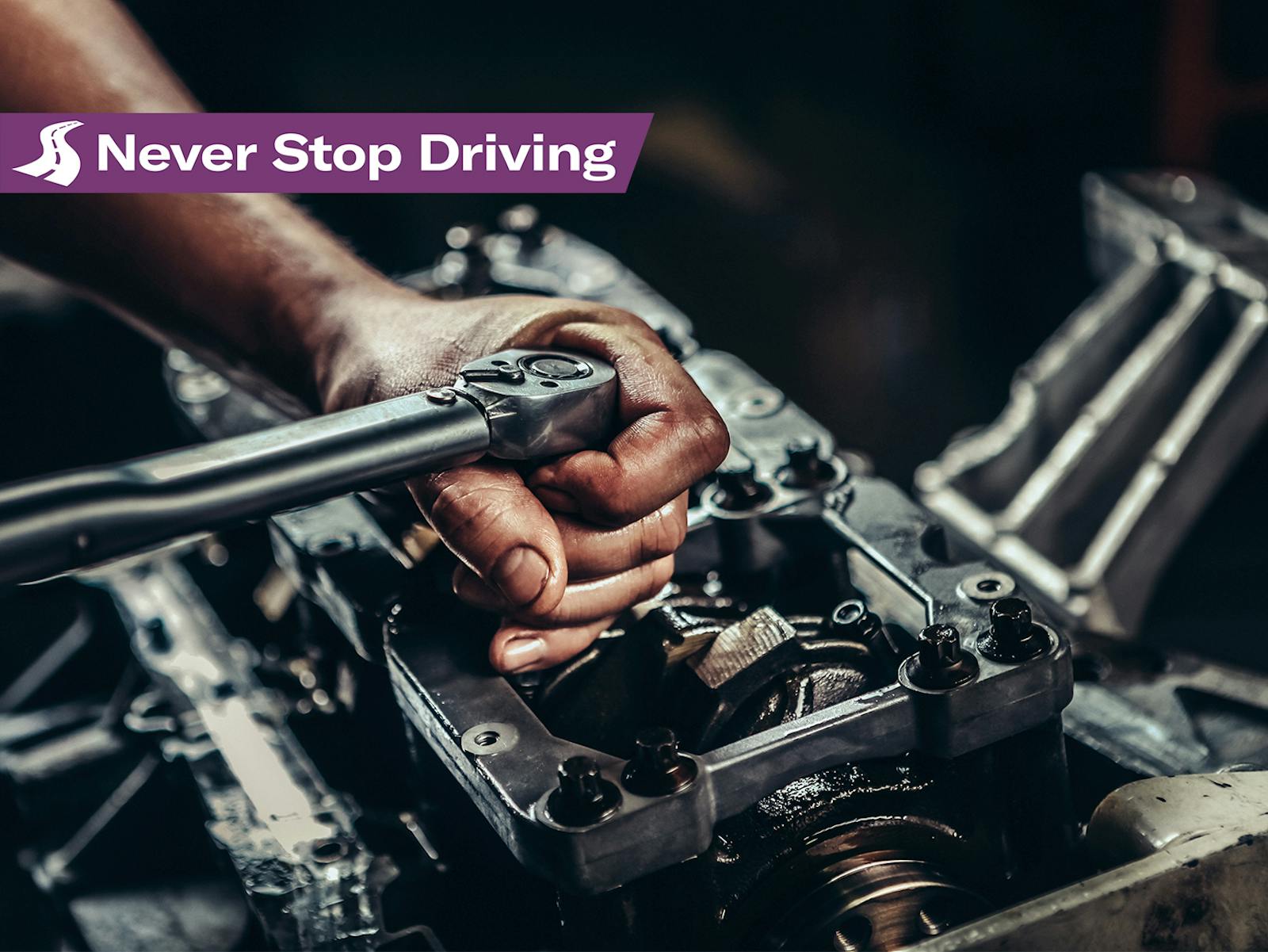Never Stop Driving #22: The $100B Autonomous Bill
Robot drivers may not get tired, but they sure do burn a lot of cash. A recent Bloomberg article estimated that investors have already spent $100 billion in autonomous vehicle R&D at various companies. For that kind of dough, you could buy Ford and General Motors, which would get you, among many things, the first Corvette Z06 off the line, prime seating with Roger Penske at the Indy 500, and at least one corporate jet. But we do not appear to be appreciably closer to widespread autonomous vehicles than we were five years ago.
The article, by Max Chafkin, drew on a McKinsey & Co. report for the financials and quoted many early AV pioneers who now question giddy predictions of robot drivers. Google’s Waymo division, with millions of testing miles and the Google cash machine behind it, has tested autonomous cars for a decade, yet they are still confined to small pilot operations. The timelines for widespread AV usage are continually delayed.
New technology is always a risk. The whole point of a research and development budget is to experiment and perhaps develop a new business or competitive edge. For over a decade now, proprietary software and hardware for autonomous drivers seemed like a must-have for any company in the transportation space.

Last week, I mentioned Akio Toyoda’s refusal to jump, both feet in, into development of battery-powered vehicles. He’s having to defend what is, in my opinion, a rational decision. According to an article in Automotive News, Toyoda claimed that his company can produce eight plug-in hybrids with 40 miles of electric range for every 320-mile battery-electric vehicle, which would ultimately mean less overall carbon emissions. That’s because most people don’t drive more than 35 miles a day, so those eight plug-in cars would largely be driven in EV mode.
Do Toyoda’s statements and the Bloomberg article signal that we’re entering a new phase where practical realism trumps overly optimistic PR statements? Perhaps, but there’s too much need for robot drivers, especially in the trucking industry, for there to be any significant spending reduction in AV research. There’s simply a new awareness that it’s all going to take much longer for widespread adoption than the original rosy predictions. We’re talking a decade or more.
In the meantime, I’ll keep this video on continual playback, just to hear the unique howl of the Audi RS3’s five-cylinder engine and watch Jason Cammisa drag-race the two best-sounding street cars ever produced, the Lexus LFA and the Porsche Carrera GT. It’s an unforgettable flick for its imagery, humor, cars, sounds, fury, and, well, you get the picture.
This was a huge week in Hagerty video land. I am thrilled to announce that Tony Angelo, who started off in the drift world and can build nearly anything his creative mind imagines, has brought his creative mechanical skills to Hagerty. In his first video for Hagerty he begins building a hot-rod Firebird with a supercharged Pontiac V-8. Make sure to subscribe to the channel so you don’t miss any of this and future projects.
Want to see how far cars have some in 120 odd years? Check out Don Sherman’s review on a 1906 Cadillac. We also have a new regular feature by Kyle Smith, who will bring us adventures from inside his shop and join Rob Siegel to teach us all a few DIY things. And finally don’t miss this piece from Eric Weiner, who runs Hagerty.com/media, about a French classic and a new Tesla.
I hope our efforts add to your enjoyment of the car hobby.
Have a great weekend!
Hear from me every Friday by subscribing to this newsletter.


The cost savings that justify automated trucking is the elimination of the labor factor. So it’s about getting rid of an entire job segment. The math makes sense (if automated works out), but maybe these things are more than numbers?
Progress is fine, but many indicators are that we are not setting up our children or grandchildren to enjoy the opportunities that defined America from the 50s until…
Gig work and side hustles is not what we should want them doing, and automated delivery will kill the labor in that segment too.
I use the actual cashier every chance I get (vs. the automated check out) as that is my vote for that person to still have that job. Real progress advances everyone, not just shareholders.
Just as the practical proliferation of EV’s is going to be determined by the creation of supporting infrastructure , particularly dispersed and reasonably green re-charging facilities plus battery disposal/refurbishment facilities; my belief is that AV’s will only be safe and practical once a supporting exclusively AV highway system is built. Mixing human drivers with computer-driven vehicles will remain chaotic until then. The cost and time to execute are likely enormous as well.
The mixing is so hard as humans are so unpredictable, lol
The human-AV interface is as simple as a specific RF transmitter. Speed, direction, acceleration (delta-v). That’s it. Distance can be determined by the duration between ping, if the data pulse has a set frequency it is transmitted.
Of course, if AV lack discernment, they’d better install 10’ fences and have a fleet of robo debris clearing machines because let’s face it, a map is but one tool in a world full of variables.
Cameras aren’t even perfected for rainy/snowy climates yet. AV has a long way to go. Probably more practical running short hauls at ports like Long Beach, but the dock workers Union will never let that happen.
Heck, the automated floor cleaner at Kroger is easily confused by an extension cord.
You know what method of transportation is nearly autonomous? Mass rail transportation. Why is it we can spend billions so some person can drink a late in a tesla on their way to work and we can’t prioritize building a reliable on time fast rail in the US of A? Seems like Europe figured it out decades ago, yet here we are still replacing poorly engineered concrete and poorly engineered blacktop on our USA roads ever other year. Spending these funds needlessly instead of mass rail. I thought it would happen in my lifetime but I am losing hope.
Oh wait you need automatic windshield wipers? Automatic headlights? But not an ability to get on a rail system and read a book and visit your family 8 states away.
You bring up great points @Mark but nothing is gonna change until cities stop catering to Suburb-friendly Zoning Boards. Cities need to be zoned for multiple forms of housing, not just single family dwellings. When that’s done, we will likely get the proper form of autonomous transportation we so dearly need in many parts of our country.
Yeah, good point. Once you’re used to traveling on your own schedule, however, perhaps it’s simply tough to go back to conforming to set one?
Yes, but the problem with mass rail (or any mass transit) is that it reeks of socialism.
You know the types: “WHY SHOULD MY TAX DOLLARS PAY FOR HIS RAIL SYSTEM I’M NEVER EVEN GONNA USE?”
And that’s why we’ll never have it on the scale that Europe or Japan do.
Always enjoy your Articles.
People (public) on this ‘EV’ push, aren’t that in tune.
The “Coal Trains” through the upper states are Long [2 miles] & abundant by volume.
_Air quality Emissions from the Power Plant. [they can buy “Air Emission credits” to outweigh pollution regulations]. ?
In the ’70s you could still buy a ‘bag of Coal’ for use in your Fireplace Box for a ‘longer burning’ choice (vs) wood.
it was deemed a ‘dirty’ fuel source in large city’s, & banned for sale (as well as Wood)
I guess it makes them feel a sense of being a responsible Human.
“The mixing is so hard as humans are so unpredictable.”
This….all day long. And not just humans, but the entire driving environment.
My daughter worked for an AV start-up until recently and has serious doubts that she’ll see Level 5 autonomy in her lifetime. And she means true L5 autonomy; not some fantasy version Mr Musk and others claim their vehicles already provide. There are simply too many variables in the environment for today’s technology to handle.